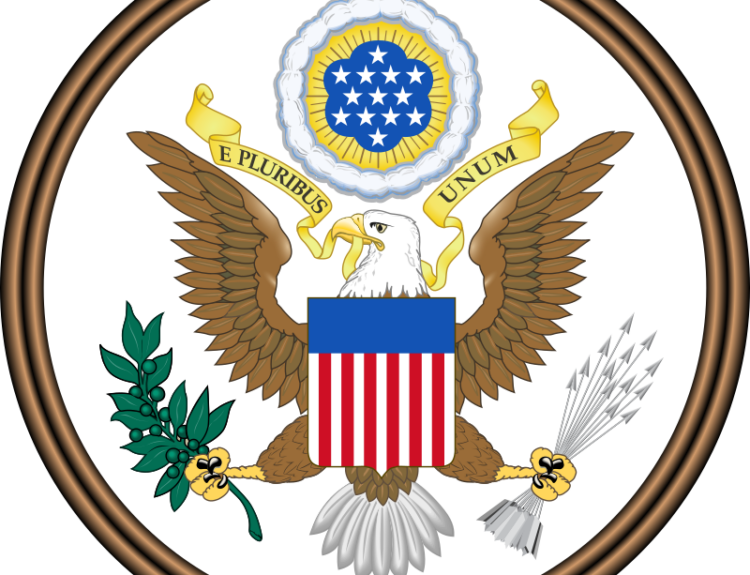Inflation cools quickly, signaling a possible end to rate hikes
- RBA shifts to a neutral stance on interest rates
- Inflation cooling quickly, suggesting an end to rate hikes
- Official cash rate kept on hold at 4.35%
- Downward revisions to inflation and growth forecasts
- Further interest rate increase not ruled out
- Speculation of interest rate cuts by mid-year
- Persistent price pressures in rents, insurance, and electricity
- Crisis in the Red Sea impacting inflation outlook
The Reserve Bank of Australia (RBA) has shifted to a neutral stance on interest rates as inflation cools rapidly. This suggests that the record run of rate hikes, which began in May 2022, may be coming to an end. The RBA decided to keep the official cash rate unchanged at 4.35% during its first policy meeting of the year. However, the central bank also revised its inflation and growth forecasts downwards. While the RBA stated that rates may still rise further, it emphasized that the path of interest rates will depend on data and evolving risk assessments. This leaves the possibility of future rate increases open. However, investors are increasingly focused on the potential for interest rate cuts in Australia. Last week, financial markets started anticipating rate cuts by mid-year after inflation data for the final quarter of 2023 showed a significant decline in price pressures. Despite this, there are concerns that the RBA will proceed with caution. Rising rents, insurance costs, and elevated electricity prices continue to exert persistent price pressure, which is a worry for policymakers. Additionally, the crisis in the Red Sea, where ships are bypassing the Suez Canal due to the threat of attacks by Houthi rebels, is further complicating the inflation outlook.
Public Companies: Reserve Bank of Australia (RBA)
Private Companies:
Key People:
Factuality Level: 7
Justification: The article provides information about the Reserve Bank of Australia’s decision to move to a neutral stance on interest rates due to cooling inflation. It also mentions the downward revisions to inflation and growth forecasts. The article includes some relevant details about the factors that may influence future interest rate decisions, such as rising rents, insurance costs, and the crisis in the Red Sea. However, it does not provide a comprehensive analysis of these factors or their potential impact on interest rates. Overall, the article provides factual information but lacks in-depth analysis.
Noise Level: 4
Justification: The article provides information on the Reserve Bank of Australia’s decision to move to a neutral stance on interest rates and the downward revisions to its inflation and growth forecasts. However, it includes some irrelevant information about the crisis in the Red Sea, which is unrelated to the main topic.
Financial Relevance: Yes
Financial Markets Impacted: The article provides information on the Reserve Bank of Australia’s stance on interest rates and its impact on financial markets.
Presence of Extreme Event: No
Nature of Extreme Event: No
Impact Rating of the Extreme Event: No
Justification: The article primarily focuses on the Reserve Bank of Australia’s interest rate decision and its implications for financial markets. It does not mention any extreme events.
 www.marketwatch.com
www.marketwatch.com 




